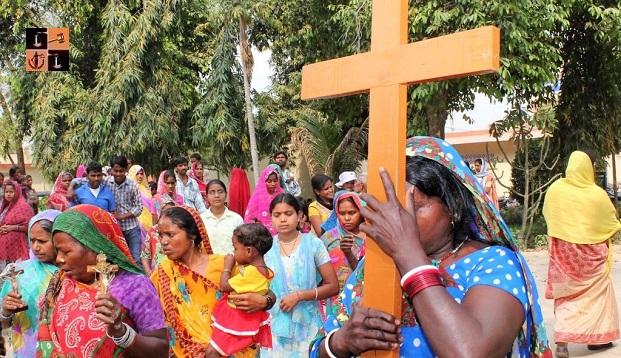@JUDGMENTTAG-ORDER
Wanchoo, C.J.@mdashThe question that arises in this case is whether" the memorandum of appeal is sufficiently stamped. It appears that the appellant filed a suit to recover a sum of Rs. 10,000/- as damages for malicious prosecution. The plaint of that suit has been rejected by the Civil Judge, Sirohi under Order VII Rule 11 (a) of the Code of Civil Procedure. The plaintiff has come up in appeal to this Court and has valued the memorandum of appeal at Rs. 10,000/- but he has paid only Rs. 2/- as court-fees. The office report is that the memorandum of appeal should have been stamped with a court-fees of Rs. 475/-. The appellant was asked to make good the deficiency and he has objected that the memorandum of appeal is sufficiently stamped.
2. Reliance was placed on behalf of appellant on Schedule II, Article 11 of the Court Fees Act which provides for a fixed court-fee in case of memorandum of appeal when the appeal is not from a decree or an order having the force of a decree. We are clearly of opinion that the present case is not covered by Schedule II, Article 11. The order in the present case, u/s 2(2) of the Code of Civil Procedure, is deemed to be a decree. Under these circumstances, even if the rejection of the plaint is treated merely as an order, it must be deemed to have the force of a decree and would not be covered by Schedule II, Article 11.
Learned counsel was not able to point out a single case where a memorandum of appeal from an order rejecting the plaint under Order VII, Rule 11 was treated as coming under Schedule II, Article 11. In particular, he referred to --
We are not concerned here with a case where the plaint has been rejected on the ground of deficiency in court-fees not having been made good and do not express any opinion on the question as to how a memorandum of appeal in such a case should be valued. But this decision clearly shows that appeals from orders rejecting plaints under Order VII, Rule 11 are covered by Schedule I, Article 1 of the Court-fees Act and not by Schedule II, Article 11 as contended on behalf of the appellant.
3. We may point out that Schedule II, Article 11 of the Court Fees Act contained the words "from an order rejecting a plaint or" and these were omitted by Section 155 of the CPC when the rejection of a plaint was included as a decree in Section 2 of the Code as these words had become redundant. It is obvious, therefore, that an order rejecting a plaint under Order VII, Rule 11 amounts to a decree and court-fee has to be paid ad valorem under Schedule I, Article 1. In this case, the valuation of the memorandum of appeal can only be the valuation of suit itself, viz., Rs. 10,000/- and the appellant has, therefore, to make good the deficiency amounting to Rs. 473/-. We allow one month''s time to do that.

